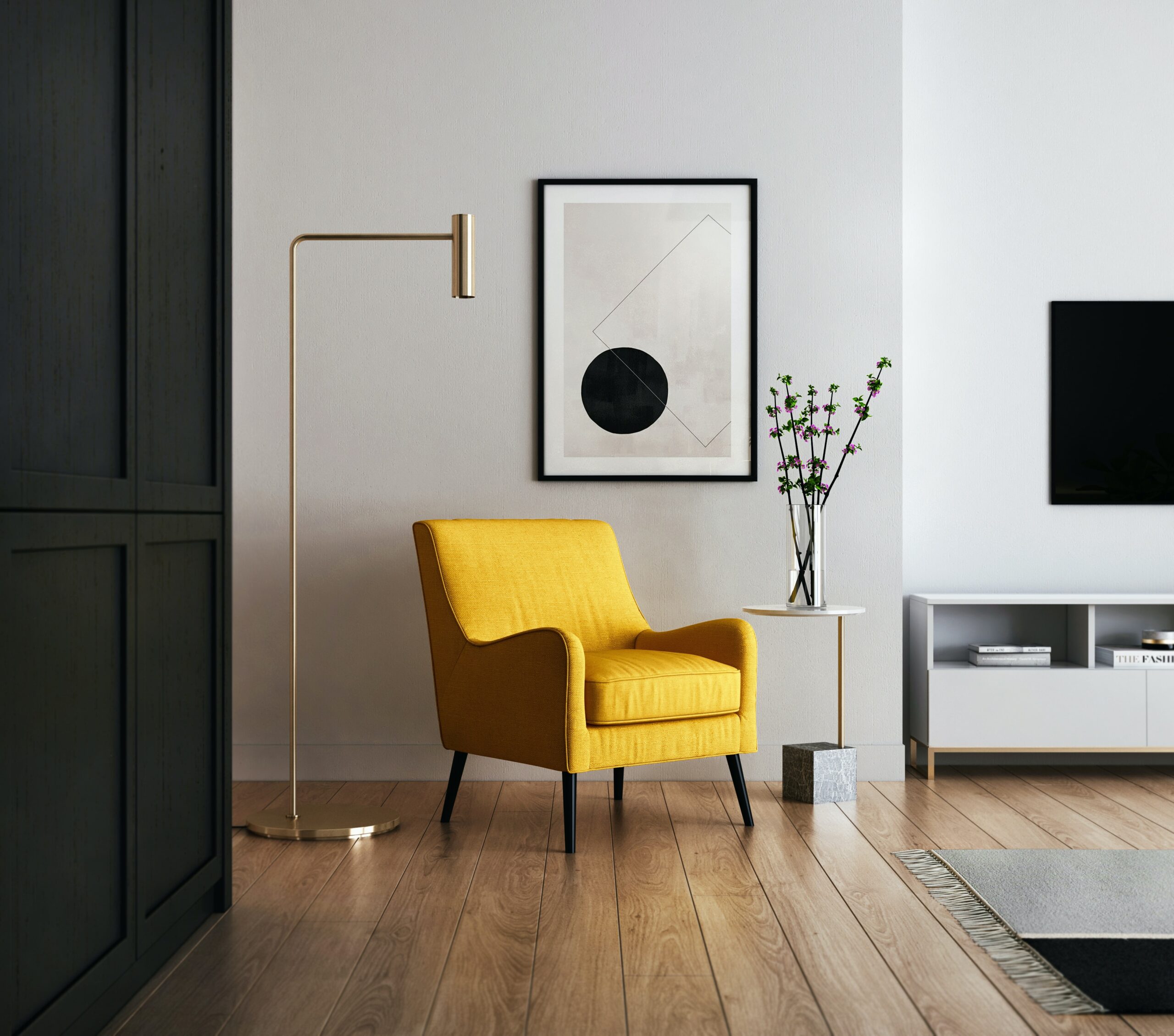Embarking on the pursuit of a Master’s in Interior Design is a significant step for individuals aspiring to deepen their knowledge and expertise in this dynamic field. Understanding the eligibility criteria is crucial for those considering this advanced level of education.
1. Bachelor’s Degree in Interior Design or Related Field: The most common eligibility requirement for a Master’s in Interior Design is a bachelor’s degree in interior design or a closely related field. This foundational qualification ensures that candidates have a fundamental understanding of design principles and spatial aesthetics.
2. Academic Excellence: While a specific grade point average (GPA) requirement may vary among institutions, a consistently strong academic record is generally favorable. Admissions committees often assess academic performance as an indicator of a candidate’s commitment to excellence.
3. Professional Experience: Some master’s programs may prefer or require candidates to have prior professional experience in the field. Work experience in interior design allows candidates to bring real-world insights into the academic environment and enriches classroom discussions.
4. Portfolio Submission: A standout portfolio showcasing a candidate’s design projects is a critical component of the application process. The portfolio is a visual representation of the candidate’s creativity, design skills, and ability to execute projects.
5. Letters of Recommendation: Many master’s programs require letters of recommendation as part of the application. These letters, typically from professors or professionals in the field, vouch for the candidate’s capabilities and potential for success in a master’s program.
6. Statement of Purpose: Candidates are often required to submit a statement of purpose outlining their career goals, reasons for pursuing a master’s degree, and how the program aligns with their aspirations. A compelling statement can strengthen an application.
7. English Language Proficiency: For international students, proficiency in the English language is a standard requirement. This is typically demonstrated through standardized tests such as the TOEFL or IELTS, ensuring that non-native English speakers can effectively engage in coursework.
8. GRE Scores (Varies): While not a universal requirement, some institutions may request Graduate Record Examination (GRE) scores as part of the application. Prospective students should check the specific requirements of the programs they are interested in.
9. Continuous Learning and Certifications: Engagement in continuous learning, workshops, or certifications in the field of interior design showcases a commitment to professional development. Some programs may consider such initiatives as a positive factor in the application process.
10. Passion for Design and Innovation: Beyond formal qualifications, a genuine passion for design and a demonstrated interest in pushing the boundaries of innovation within the field can set a candidate apart. Admissions committees often look for individuals who bring a unique perspective and a thirst for creative exploration.
11. Research and Networking: Candidates benefit from researching prospective programs thoroughly and establishing connections with faculty members or alumni. Networking can provide insights into the program’s culture and expectations, contributing to a well-informed application.
12. Diverse Educational Backgrounds: While a bachelor’s degree in interior design is common, some programs may welcome candidates with diverse educational backgrounds, especially if they possess relevant experience or skills that align with the program’s objectives.
Conclusion: Eligibility for a Master’s in Interior Design encompasses a blend of educational qualifications, practical experience, and a genuine passion for the field. Prospective students should carefully review the specific requirements of the programs they are interested in, ensuring that they align with their academic and professional background. As the interior design profession continues to evolve, a master’s degree becomes not just a qualification but a strategic investment in honing skills and contributing to the future of design innovation.
